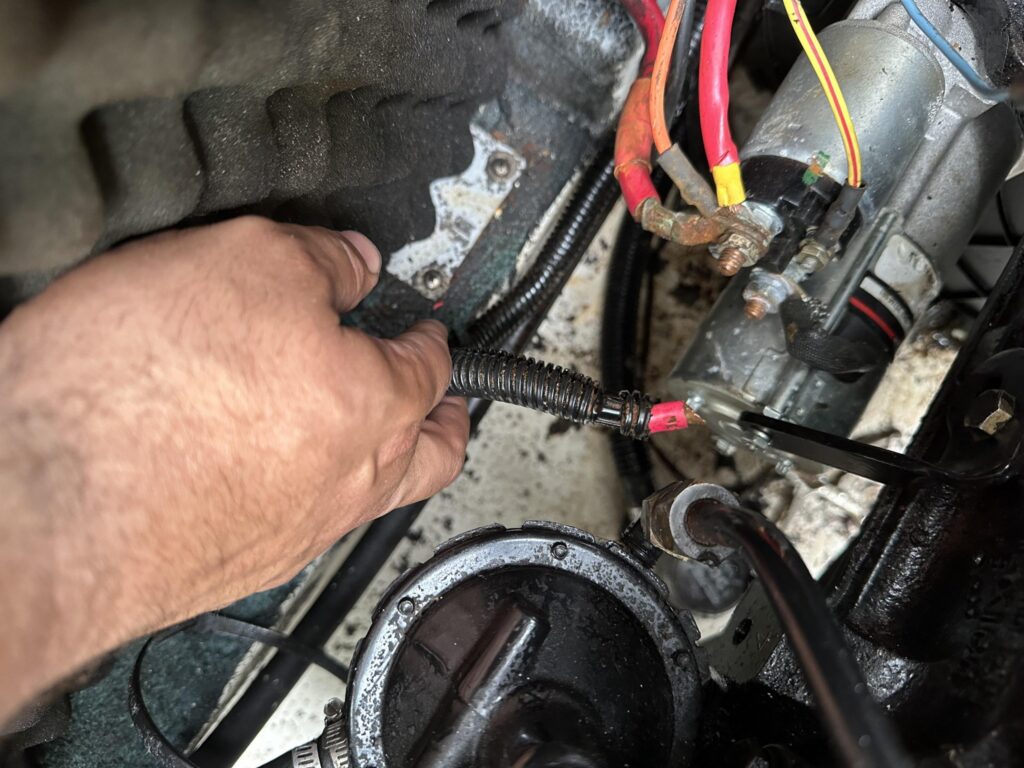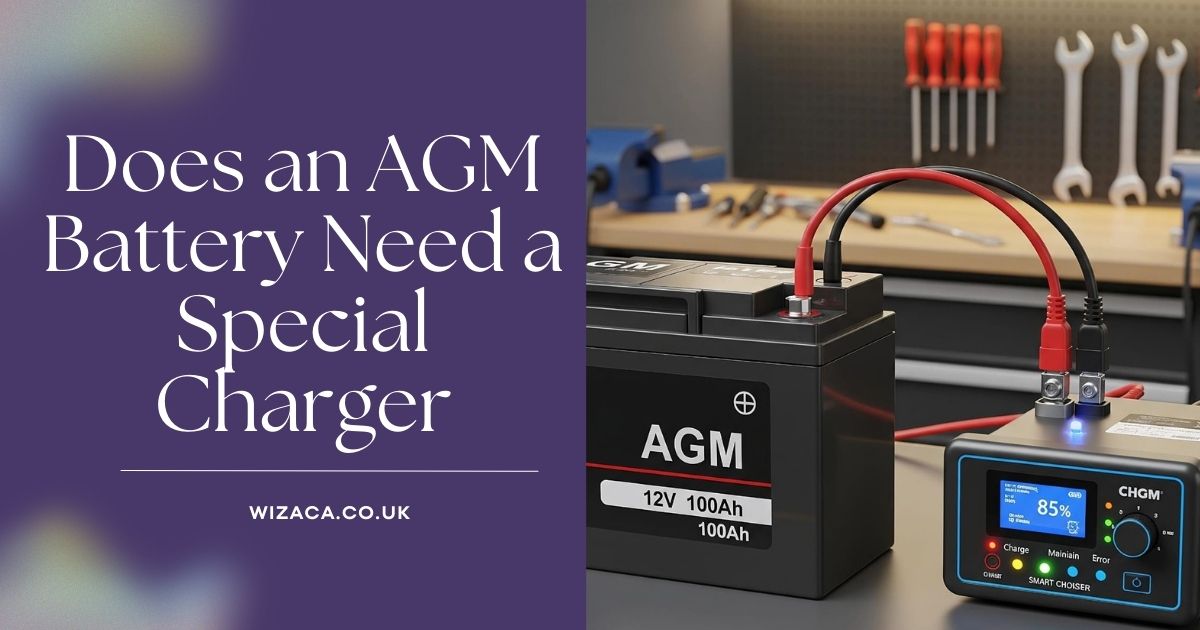Yes, most starter solenoids need to be grounded to function properly. The ground connection completes the electrical circuit, allowing the solenoid to operate the starter motor and engage the engine’s flywheel. Without a proper ground, the solenoid won’t receive the necessary power to activate, and your engine may fail to start.
That said, the way the solenoid is grounded depends on its design and installation.
Why Does a Starter Solenoid Need to Be Grounded?
The starter solenoid acts as a switch that controls high-current flow from the battery to the starter motor. It requires a low-current electrical signal from the ignition switch to activate the internal coil, which then closes the contacts and sends power to the starter.
For this activation circuit to work, there must be:
- A positive voltage input from the ignition (typically through a control wire).
- A ground connection to complete the circuit.
If the solenoid isn’t grounded properly:
- The magnetic coil inside the solenoid can’t energize.
- The starter motor won’t engage, and the engine won’t crank.
How Is a Starter Solenoid Grounded?
1. Case Grounding
Many starter solenoids are grounded through their mounting bracket or case. When you bolt the solenoid to a metal surface connected to the vehicle’s chassis ground, it completes the ground circuit.
- Common on older vehicles or external starter solenoids mounted to the fender or firewall.
- Relies on good metal-to-metal contact between the solenoid housing and the vehicle frame.
- If the mounting area is rusty, painted, or corroded, it can cause a bad ground.
2. Dedicated Ground Wire
Some solenoids have a separate ground terminal (often marked as GND or similar).
- Requires a ground wire connected to the chassis ground or battery negative terminal.
- Found on modern vehicles or aftermarket solenoids with isolated ground circuits.
How to Ensure the Starter Solenoid Is Properly Grounded
- Make sure the mounting surface is clean, free of paint, rust, or corrosion.
- If using a solenoid with a ground terminal, connect it securely to a good chassis ground or directly to the battery negative terminal.
- Use a multimeter to test for continuity between the solenoid ground point and the battery ground.
Symptoms of a Poor or Missing Ground on a Starter Solenoid
- Clicking sound but the engine doesn’t crank.
- No sound at all when turning the key.
- Intermittent starting issues.
- Voltage drop when testing the circuit.
- Burnt wires or poor connection points (if there’s an electrical short).
Conclusion
A starter solenoid needs to be grounded to function. Whether it’s grounded through its metal housing or a dedicated ground wire, a good ground connection is crucial for reliable starting. Without it, the solenoid won’t activate, and your vehicle won’t start. Always check for clean connections and solid grounds when diagnosing starter problems.
FAQs
Does a Starter Solenoid Need a Ground Wire?
It depends on the design. Some solenoids ground through the case, while others require a dedicated ground wire.
How Do I Ground a Starter Solenoid?
Ensure it’s securely mounted to a grounded surface, or connect the ground terminal to the vehicle’s chassis ground or battery negative terminal.
Can a Bad Ground Cause Starter Problems?
Yes. A bad ground can prevent the solenoid from activating or cause weak or intermittent starter function.
What Happens If the Solenoid Isn’t Grounded?
The solenoid coil won’t energize, and the starter motor won’t receive power, resulting in a no-start condition.
How Can I Test for a Good Ground on the Starter Solenoid?
Use a multimeter to check for continuity between the solenoid’s ground point and the negative battery terminal or chassis ground.
Also Check:
• Does a Starter Click When It’s Bad?
• Does A Bad Starter Make A Clicking Noise?
• Does A Bad Alternator Make Noise?











One thought on “Does a Starter Solenoid Need to Be Grounded?”